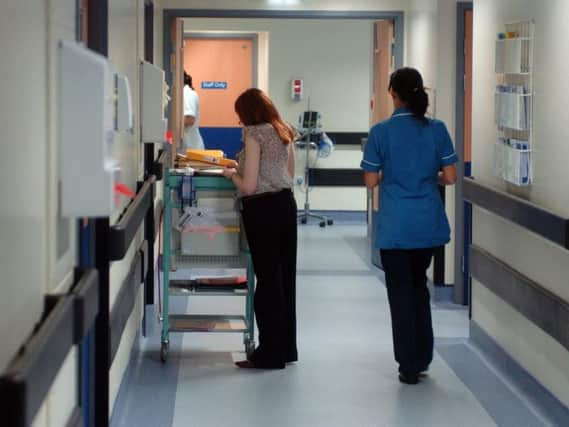Revolutionary care bringing treatment closer to home for Calderdale patients


In answer to a query on the impact of the changes on waiting times for patients with longer term illnesses or who required more urgent treatment, Calderdale Health and Wellbeing Board heard the new pathway had seen cancer patients being treated in half the time.
Back in 2017, 95 per cent of 500 people surveyed by health chiefs wanted outpatient care delivered differently – and two years later the signs are changes are having an effect.
Advertisement
Hide AdAdvertisement
Hide AdThe board heard a year on from the decision to alter ways in which outpatient care could be accessed, pilot projects were under way, patients were giving feedback from their experiences and, ultimately, transformations were being made.
For example, 8,000 appointments had been altered in 2018/19 in ways which meant patients did not have to attend at hospital or their appointments had been streamlined so they did not have to attend in person as often.
It was hoped to deal with around 26,000 appointments in the same way in 2019/20, board members heard.
Watchdog organisation Healthwatch had been key partners in delivering assessments on how the project was working through a lot of contact with both patients and clinicians.
Advertisement
Hide AdAdvertisement
Hide AdPreviously when GPs had a high suspicion of cancer in a patient they would be “fast tracked” with an appointment with a consultant, diagnostic tests, then a return appointment with the target of treating patients within 62 days.
The new method was seeing patients treated within 28 days of their initial referral – and within 19 days where patients being treated at a specialist centre in Bradford was concerned, members were told.
Concerns were raised about whether the changes restricted access to hospital and how vulnerable patients might be affected.
Assurances were given by health officers at the meeting that it was not a “one size fits all” system, Healthwatch had undertaken work with vulnerable groups before changes were rolled out and, going ahead, consideration would be given to changes being enacted.
They said there would always be challenges but ultimately changes would benefit patients primarily.